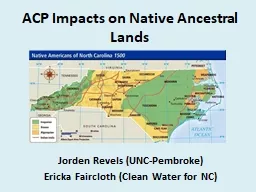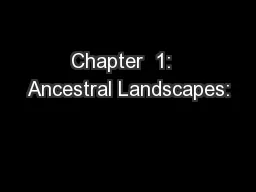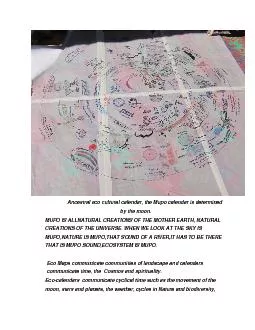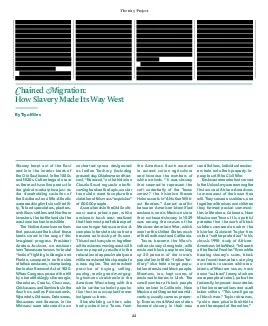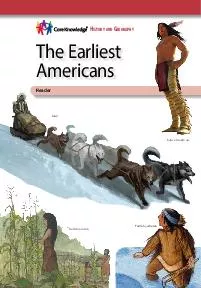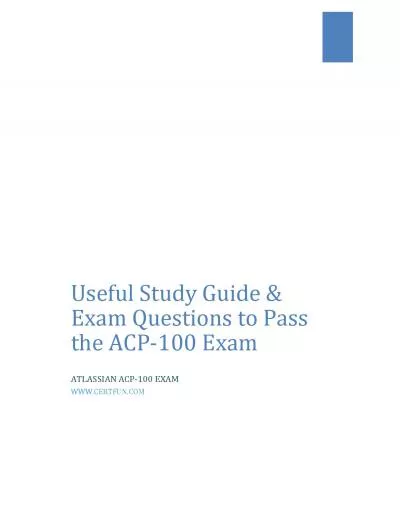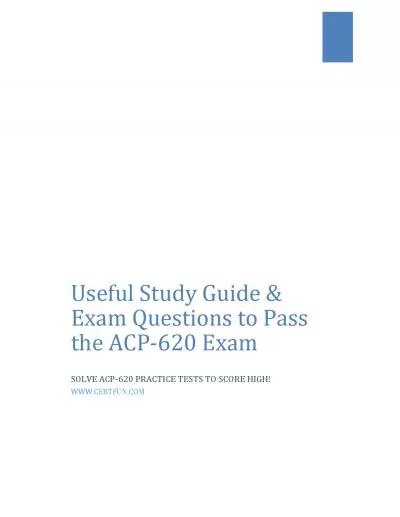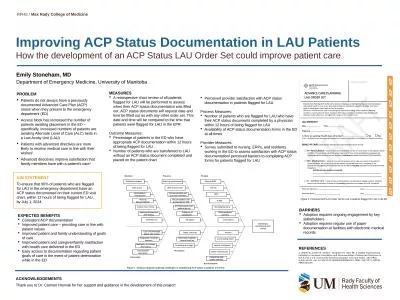PPT-ACP Impacts on Native Ancestral Lands
Author : yoshiko-marsland | Published Date : 2018-10-25
Jorden Revels UNCPembroke Ericka Faircloth Clean Water for NC TribesTribal Lands Along ACP Pathway Meherrin Haliwa Saponi Coharie Lumbee Tuscarora Each shaded
Presentation Embed Code
Download Presentation
Download Presentation The PPT/PDF document "ACP Impacts on Native Ancestral Lands" is the property of its rightful owner. Permission is granted to download and print the materials on this website for personal, non-commercial use only, and to display it on your personal computer provided you do not modify the materials and that you retain all copyright notices contained in the materials. By downloading content from our website, you accept the terms of this agreement.
ACP Impacts on Native Ancestral Lands: Transcript
Download Rules Of Document
"ACP Impacts on Native Ancestral Lands"The content belongs to its owner. You may download and print it for personal use, without modification, and keep all copyright notices. By downloading, you agree to these terms.
Related Documents

